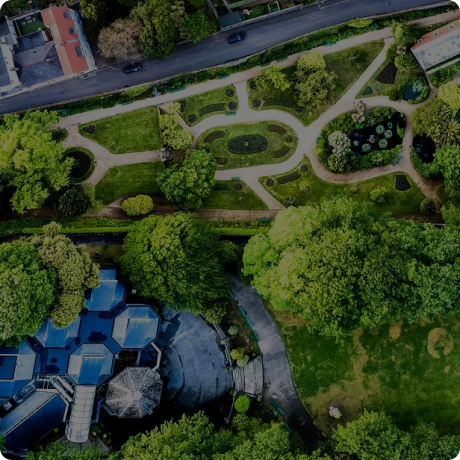
Sustainable Energy and Climate Action Plan
Do you want to ask us something?

Ing. Jiří Jedlička, Ph. D.
4 advantages of this service with ASITIS
What is SECAP?
How will SECAP help you?


What this service includes:
With what output can you count on?


References
The goal of the city of Přerov is to reduce CO2 emissions by 40% by 2030 compared to 2011, totaling a reduction of 81,816.8 tCO2/year.
SECAP includes a total of 53 measures (29 mitigation measures: energy savings, renewable energy sources, sustainable transport, education; 24 adaptation measures for climate change: water, greenery, sustainable development, education) impacting the reduction of CO2 emissions, enhancing resilience, and decreasing the vulnerability of the territory to climate change.
Slavičín
Šardice
12015
70
8260
54
21188


Ready to help
Public Sphere
Get back to me. I am here for you.

Ing. Jiří Jedlička, Ph. D.


Často se nás ptáte
What is the difference between Sustainable energy and climate action plan (SECAP) and an adaptation strategy?
SECAP is focused on actions leading to the reduction of greenhouse gas emissions in the municipality. Actions in the energy sector, transport, etc. are therefore evaluated primarily in terms of their climate impacts. Meeting climate objectives is the main planning criterion, to which other aspects such as economic viability or overall energy stability of the area are subordinated. The SECAP also includes an analysis of the risks and vulnerability of the territory and proposals for adaptation to climate change. In this way it is similar to, and can partially replace, an adaptation strategy. However, the adaptation strategy addresses this topic in much more detail and using more advanced methods.
How often should a SECAP document be updated?
The SECAP is updated at regular intervals to reflect current developments and progress. After every two years, the ongoing implementation of the projects is assessed. After four years, all monitored data is updated and progress assessed. At the end of the period (in 2030), the SECAP will be updated and targets announced for the new decade.
How long is the SECAP processed for?
At present, the SECAP is always prepared with a target year of 2030, when the final evaluation of the achieved targets will be made. Before that time, the new objectives of the Covenant of Mayors for the next decade will have been announced, with which a new updated SECAP will be subsequently developed.
What is the level of involvement from the municipality?
The level of municipal involvement depends on specific objectives and capacities. It may include the involvement of local government, citizens, businesses and other stakeholders.
The municipality is expected to cooperate in the initial data collection for the development of the document. Representatives of the municipality are also usually members of the working group that is responsible for the formulation of the sub-objectives and that consults and discusses the draft measures.
An important role of the municipality is also the creation of a background for cooperation and dialogue with various stakeholders who will be involved in the development of the document and the subsequent implementation of the objectives.
What is the Covenant of Mayors?
The Covenant of Mayors is a European initiative that brings together local and regional authorities committed to increasing energy efficiency and the use of renewable energy in their territories. The aim is to reduce CO2 emissions by at least 40% by 2030 and to adopt a climate change mitigation and adaptation approach.




Current topics to your e-mail
Kdo tuto službu využil


















